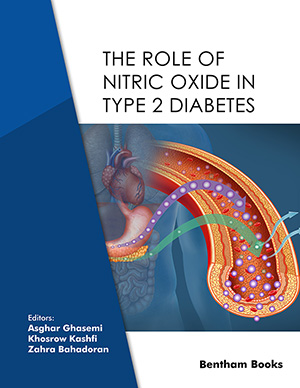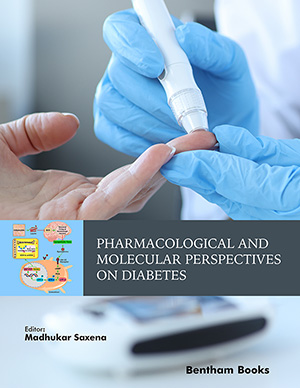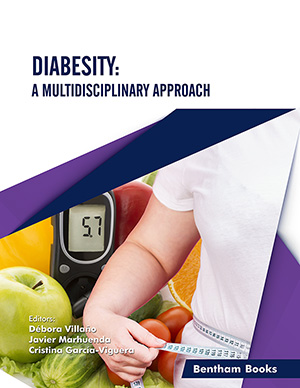
Abstract
Acyl-CoA: cholesterol acyltransferase (ACAT) catalyzes the intracellular esterification of free cholesterol (FC) to cholesteryl ester (CE). Two subtypes of ACAT enzymes (ACAT1 and ACAT2) play important roles in lipoprotein assembly from the intestine and liver and intracellular CE accumulation in foam cell formation within vessel walls. Since hypercholesterolemia and foam cell formation are integral to the development of atherosclerosis, many ACAT inhibitors with varying activities against ACAT1 and 2 have been designed and studied for their effects on atherosclerosis. Indeed, these inhibitors lower cholesterol plasma levels and reduce atherosclerosis in animal models. However, in vitro and in vivo studies have suggested that ACAT inhibition could be adrenal toxic in animals and cytotoxic to rodent macrophage foam cells. Cytotoxicity has been linked to excess accumulation of intracellular FC content. In addition, double knockout mice with congenital hyperlipidemia and ACAT1 deficiency have increased extracellular accumulation of FC. These results contrast with in vitro studies examining the effects of ACAT inhibitors on cultured primary human macrophage foam cells. In addition, human subjects treated with ACAT inhibitors appear to tolerate the compound and have not shown signs of toxicity. This review addresses the toxicity concerns of ACAT inhibition and compares and contrasts the in vitro and in vivo studies of ACAT inhibition between experimental animal and human models.
Keywords: Acyltransferase Inhibition, Atherosclerosis, Acyl-CoA: cholesterol acyltransferase ACAT, ACAT enzymes, lipoprotein, Cytotoxicity, Cardiovascular disease, Macro-Phage Cholesterol Efflux, Acat Inhibition
 2
2









